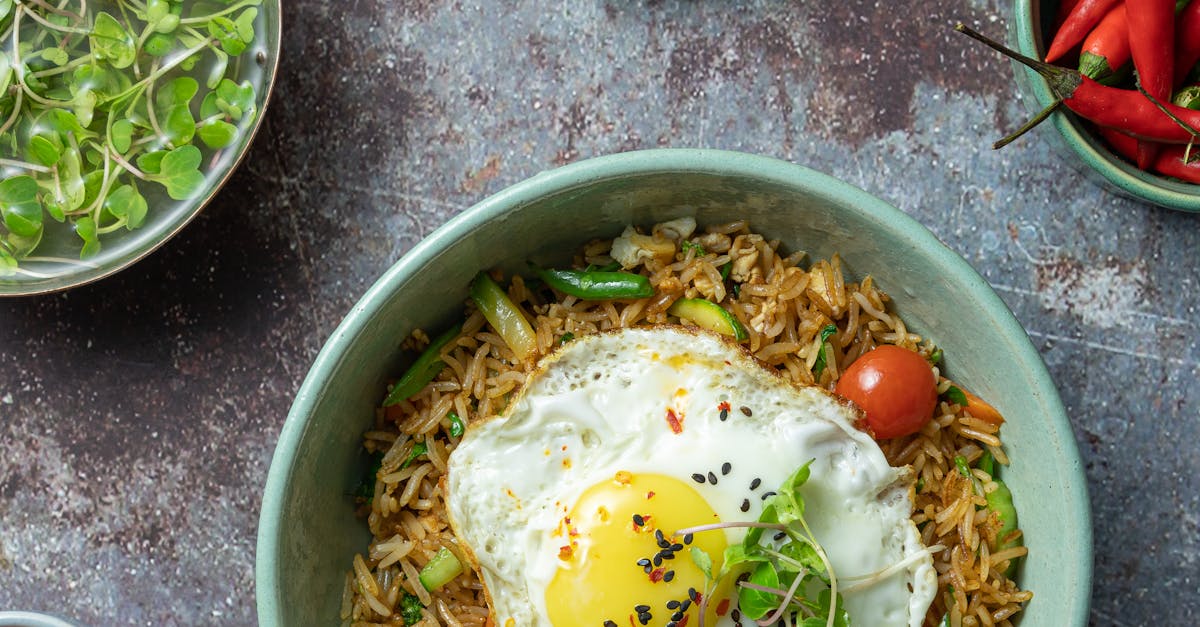
- All Blogs
- Blog

Ever stopped to think about just how much amazing food there is out there in the world? It’s truly mind-boggling! From the humblest root vegetable to the most intricately prepared delicacy, food is a universal language that connects us all. It fuels our bodies, delights our senses, and is often at the heart of our most cherished memories and cultural traditions. In this casual culinary adventure, we're going to take a whirlwind tour through the incredible spectrum of food types that make our planet so deliciously diverse. Get ready to embark on a journey that will likely leave your stomach rumbling and your wanderlust for new flavors ignited!
The Vast World of Food: A Categorical Exploration
Trying to categorize every single food item is like trying to count stars – it's practically impossible! But we can certainly break down the major players and understand the building blocks of what we eat. Think of it as a helpful guide to the food universe.
Fruits: Nature's Sweet Jewels
Oh, the glorious world of fruits! These are typically sweet, fleshy products of a tree or other plant that contain seeds. They’re packed with vitamins, minerals, and natural sugars. From the familiar apple and banana to exotic delights like dragon fruit and rambutan, fruits offer an incredible range of flavors, textures, and colors. They can be enjoyed fresh, juiced, baked, or incorporated into countless desserts and savory dishes.
Vegetables: The Earth's Bounty
Often playing a supporting role, vegetables are the unsung heroes of healthy eating. These are typically the edible parts of plants, such as leaves, stems, roots, flowers, and seeds. Think crisp lettuces, hearty potatoes, vibrant bell peppers, and earthy mushrooms. They provide essential fiber, vitamins, and minerals that keep us healthy and energized. Whether steamed, roasted, stir-fried, or enjoyed raw in a salad, vegetables are indispensable.
Grains and Starches: The Foundation of Meals
These form the backbone of many diets worldwide. Grains like rice, wheat, corn, and oats are the seeds of cereal grasses and are a primary source of carbohydrates, providing sustained energy. Starches also encompass root vegetables like potatoes and sweet potatoes, as well as legumes like beans and lentils. They are incredibly versatile, forming the base for bread, pasta, cereals, and a multitude of traditional dishes.
Proteins: The Building Blocks of Life
Protein is crucial for growth and repair. This category includes meats (beef, poultry, pork), fish and seafood, eggs, dairy products (milk, cheese, yogurt), and plant-based options like beans, lentils, tofu, and tempeh. Each protein source offers a unique nutritional profile and culinary application, from a succulent steak to a delicate piece of salmon or a hearty lentil soup.
Dairy: Creamy Delights
Milk and its derivatives – cheese, yogurt, butter, and cream – are a significant food group for many. They are excellent sources of calcium and protein, though lactose intolerance means they aren't for everyone. The variety within dairy is astounding, with cheeses alone ranging from soft and mild to hard and pungent.
Fats and Oils: Flavor Enhancers and Energy Sources
Essential for nutrient absorption and providing energy, fats and oils come from various sources. This includes plant-based oils like olive, sunflower, and coconut oil, as well as animal fats. They are crucial for cooking, adding richness and flavor to dishes, and are found in ingredients like avocados and nuts.
Herbs and Spices: The Flavor Maestros
While not foods in themselves, herbs (from leafy green plants) and spices (from seeds, fruits, roots, bark, or buds) are what truly elevate food from sustenance to an experience. They add complexity, warmth, heat, and aroma, transforming simple ingredients into culinary masterpieces. Think of the pungent kick of ginger, the aromatic lift of basil, or the warming embrace of cinnamon.
Examples of Global Culinary Diversity
To truly appreciate the vastness of food types, let's look at a few examples that showcase how different cultures utilize these building blocks:
Italian Cuisine: The Art of Simplicity
Italian food often celebrates fresh, high-quality ingredients. Think of pasta dishes made with durum wheat, fresh tomatoes, basil, and olive oil. Pizza, with its simple dough, tomato sauce, and cheese, is another global icon. The use of herbs like oregano and basil, and the richness of Parmesan cheese, are hallmarks.
Mexican Cuisine: A Fiesta of Flavors
Corn is king here, forming the base for tortillas, tamales, and more. Beans, chili peppers (providing heat and flavor), tomatoes, avocados, and a variety of meats are central. Complex sauces like mole and vibrant salsas showcase the intricate use of spices and herbs.
Japanese Cuisine: Precision and Purity
Rice is a staple, often served with fresh fish (sushi and sashimi), vegetables, and soy products like tofu. The emphasis is on subtle flavors, fresh ingredients, and meticulous presentation. Seaweed, ginger, and wasabi are distinctive elements.
Indian Cuisine: A Symphony of Spices
Indian food is renowned for its masterful use of a wide array of spices, creating complex and aromatic dishes. Rice and various types of bread (like naan and roti) are staples. Lentils (dals), vegetables, and dairy products like yogurt and paneer are used extensively, alongside meats in many regional variations.
This is just a tiny glimpse into the incredible tapestry of food that exists on our planet. Every region, every country, and even every family has its own unique culinary traditions, ingredients, and preparations. So, the next time you sit down to eat, take a moment to appreciate the incredible journey that food has taken to reach your plate and the amazing diversity that makes our world so wonderfully delicious!
comments
Leave A Reply
Most Popular
A Culinary Journey Through Sri Lanka's Best Restaurants
A Taste of Paradise: Your Ultimate Guide to Sri Lankan Food





Anaya
comment1